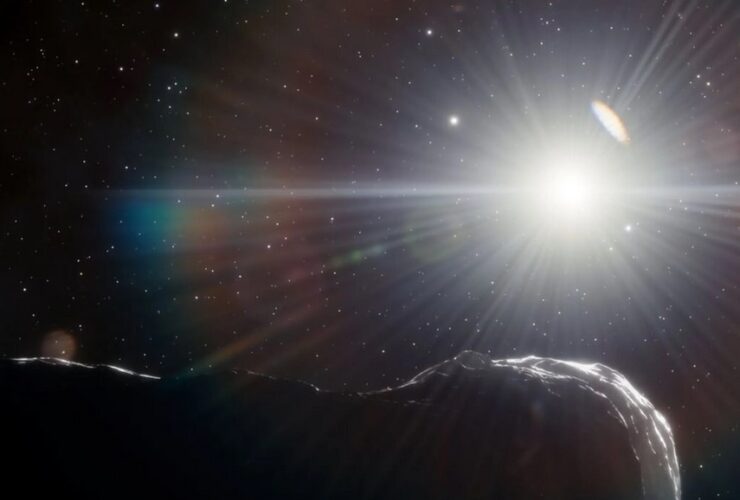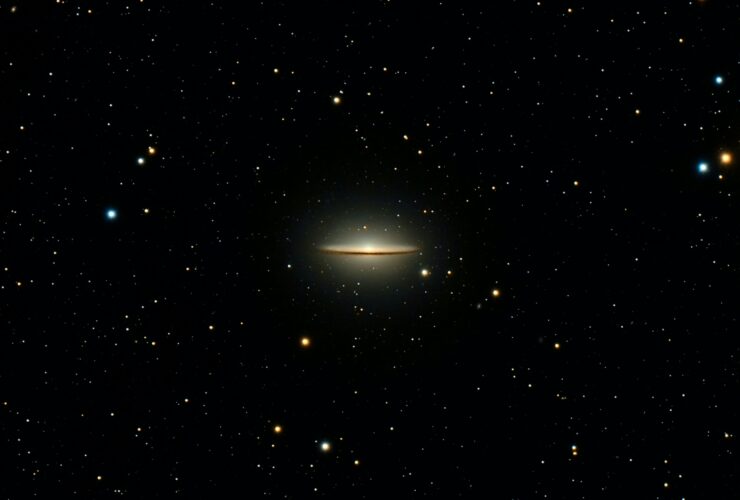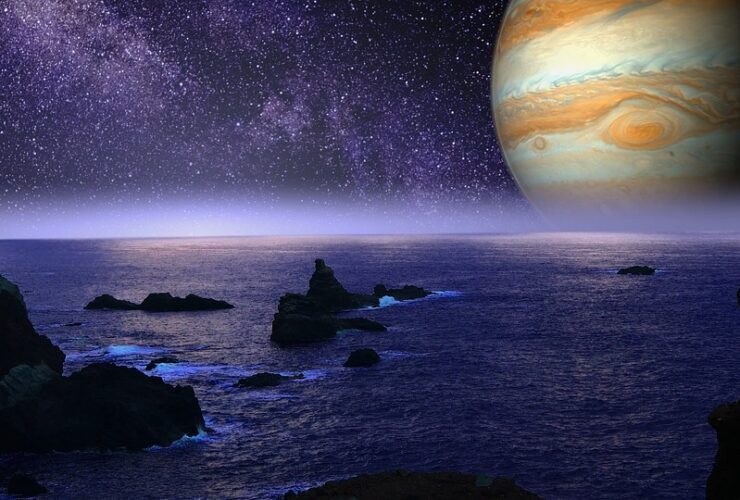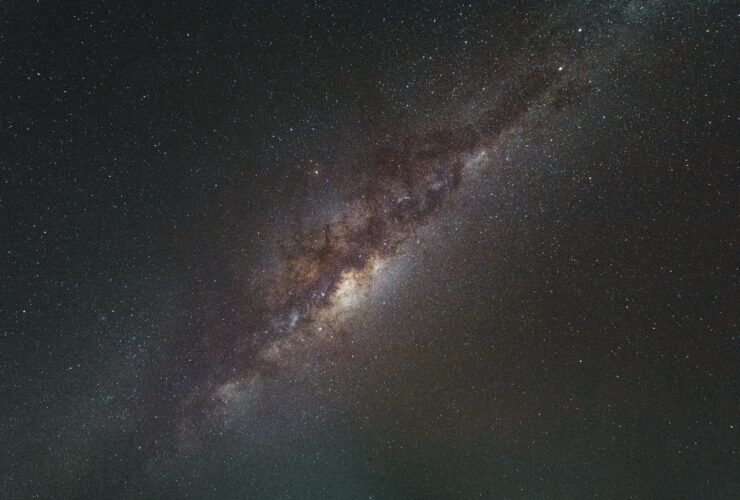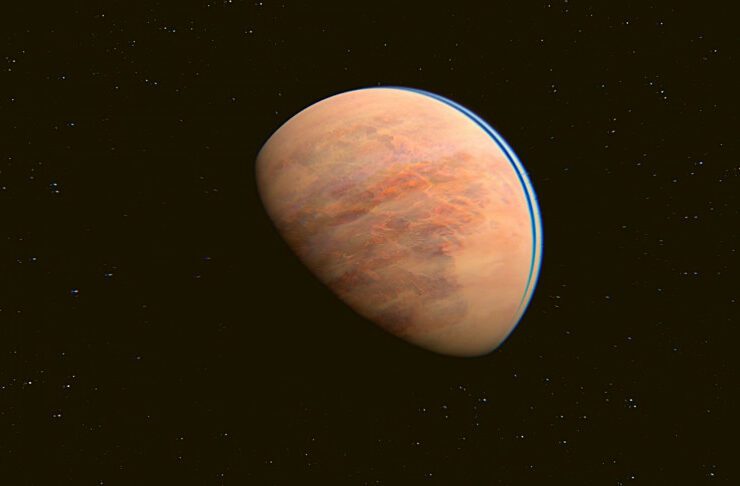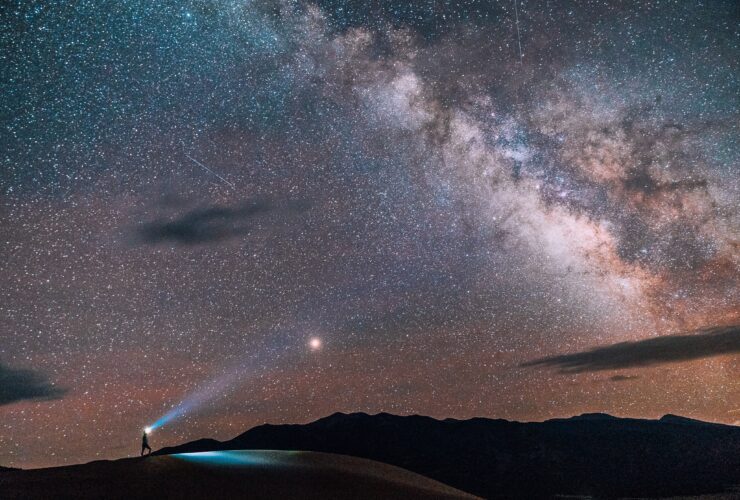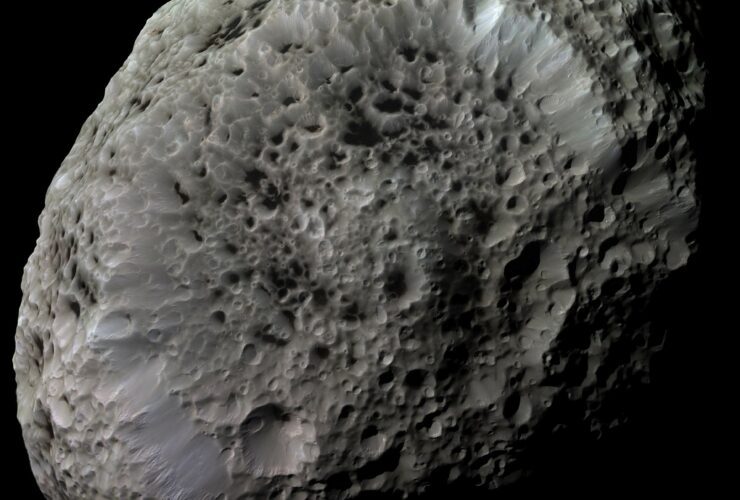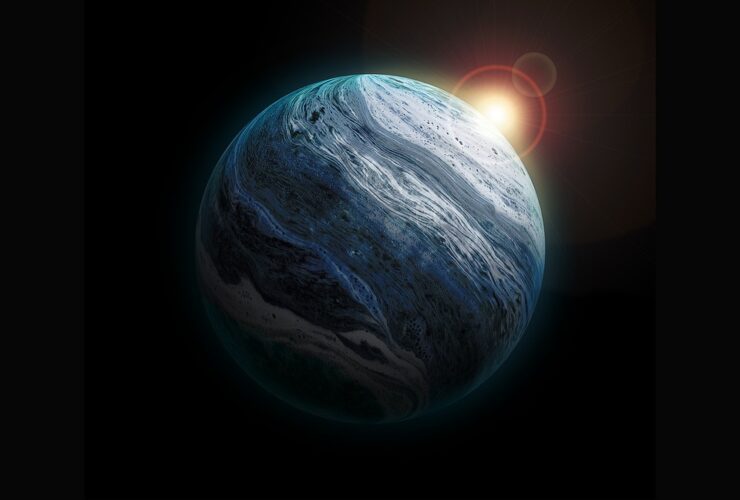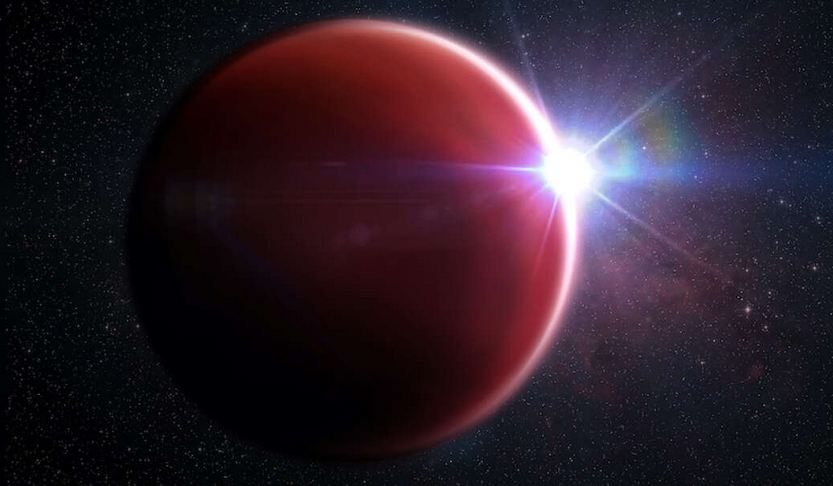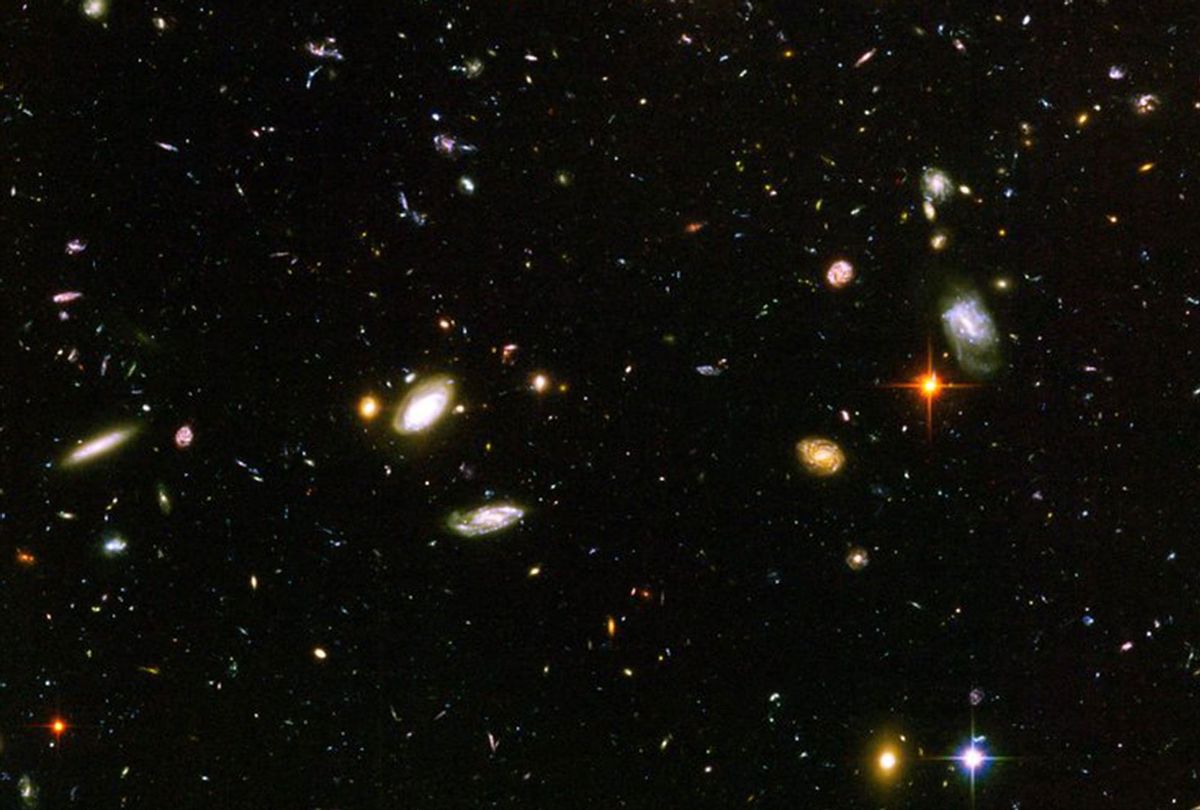In a cosmic neighborhood not too far from our own, astronomers have uncovered a tantalizing discovery: a ‘super-Earth‘ named HD 20794 d, orbiting a star eerily similar to our Sun, just 20 light-years away. This exoplanet, boasting a mass six ...
When NASA astronauts Sunita Williams and Barry “Butch” Wilmore blasted off aboard Boeing’s Starliner in June 2024, they packed for a quick eight-day mission. Fast forward to early 2025, and they’re still floating 250 miles above Earth, waiting for a ...
When the Sun gets feisty, Earth feels it. Solar storms, the fiery outbursts of energy from the Sun, have the power to disrupt our tech-driven lives. With 2025 marking the peak of the current solar cycle, the question isn’t if ...
In late December 2024, astronomers spotted a new celestial neighbor: asteroid 2024 YR4. Measuring approximately 196 feet (60 meters) in diameter, this space rock has garnered attention due to a 1.2% chance of impacting Earth on December 22, 2032. While ...
Picture this: Earth’s magnetic field is belting out cosmic tunes that sound like a demented bird choir, and scientists just caught these “songs” partying 100,000 miles away—three times farther than ever before. If that doesn’t make you rethink your Spotify ...
Astronomers have just uncovered a cosmic marvel—a supermassive black hole, weighing in at a jaw-dropping 700 million suns, shooting an energy beam straight toward Earth. This newly discovered “blazar” is not only record-breaking in its age but also a gateway ...
Humans are naturally nosy. We’re always asking, “Are we alone in the universe?” And if there are aliens out there, could we find them by sniffing out their industrial pollution? Spoiler alert: Not likely — unless E.T. has a factory ...
Well, here’s a twist worthy of a sci-fi blockbuster: Scientists are saying we might have to rewrite the entire story of how life on Earth began. Yep, the age-old “primordial soup” theory we learned in school? Turns out it might ...
Space exploration is like that one dream trip you’ve been planning for years — exciting, mysterious, but outrageously expensive and time-consuming. Except in this case, the dream trip is to the nearest star system, and instead of packing a suitcase, ...
Quantum computing is a wild ride, isn’t it? Just when you think you’ve wrapped your head around the basics, along comes something like a “cat qubit” to make you question everything. Now, I’ve spent years digging into these complex topics, ...
Area 51, the notorious base shrouded in mystery and conspiracy theories, might just spill some of its most intriguing secrets in 2025. Yes, the place you’ve probably seen in countless sci-fi flicks or heard mentioned in hushed tones on late-night ...
Forget Santa’s sleigh for a moment—this Christmas Eve, the heavens have a surprise of cosmic proportions. A colossal asteroid, aptly nicknamed the “Christmas Eve asteroid,” is set to pass by Earth at a jaw-dropping speed of 14,743 mph. While the ...
The race for high-speed air travel is soaring to new heights, and this time, China seems poised to outpace everyone in the skies. Forget NASA’s “Son of Concorde” or even the legendary Concorde itself—this new supersonic jet from China’s Space ...
When you think about life, you probably picture what’s crawling under a rock or swimming in a pond. But let’s talk about something that could flip biology on its head—literally. Scientists are exploring a mind-boggling idea: synthetic organisms with mirrored ...
For years, astronomers have been baffled by strange, slow-pulsing radio signals coming from deep space. These bursts of energy, unlike the rapid pulses seen in typical neutron stars, had no clear explanation—until now. In a groundbreaking discovery, researchers traced one ...
A groundbreaking innovation is set to make chatting with spacecraft billions of miles away as effortless as tuning into your favorite podcast. And no, this isn’t a plot twist from a sci-fi blockbuster. Researchers from the University of New South ...
NASA’s James Webb Space Telescope has done it again, delivering jaw-dropping images that challenge what we thought we knew about how planets are born. This time, the telescope turned its gaze toward the Small Magellanic Cloud, a neighboring dwarf galaxy ...
You know, the universe has a knack for throwing curveballs just when we think we’ve got it all figured out. Recently, astronomers stumbled upon a cosmic odd couple—two stars pirouetting around each other in the chaotic dance hall near Sagittarius ...
A recent study has proposed that it may be possible to detect signs of advanced, long-extinct alien civilizations by examining the lingering footprints they leave in a planet’s atmosphere. Instead of searching only for radio beacons or industrial pollutants, researchers ...
Astronomers poring over the treasure trove of data from the James Webb Space Telescope (JWST) have made a groundbreaking discovery. More than 100 previously unseen asteroids, some smaller than a school bus, have been detected zipping through the asteroid belt ...
It’s not every day you stumble upon a treasure that predates life on Earth itself, but that’s exactly what scientists discovered in the rugged outcrops of Jack Hills, Australia. Nestled within ancient rocks, they found a tiny crystal of zircon, ...
For decades, our solar system seemed neatly wrapped up with eight planets circling the Sun like a cosmic waltz. But deep in the icy reaches beyond Neptune, a celestial puzzle has astronomers scratching their heads. Could there be a ninth ...
The mysterious world of black holes, those cosmic behemoths known for swallowing light and matter alike, might hold even more surprises than we ever imagined. Fresh research suggests that signals from black holes may not be random, as previously thought, ...
Jupiter’s rings might not dazzle like Saturn’s iconic bands, but they hold their own quiet intrigue. In fact, one of Jupiter’s rings might owe its existence to a cosmic smash-up nearly three decades ago. Scientists now propose that the spectacular ...
NASA’s Voyager 1, the furthest human-made object from Earth, continues to surprise the scientific community nearly 47 years after its launch. In a jaw-dropping demonstration of passion and ingenuity, amateur astronomers in the Netherlands recently picked up faint signals from ...




